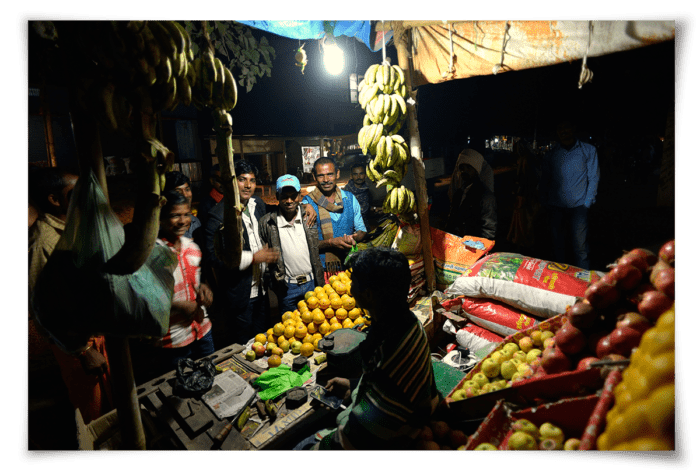
Dear Friends,
If I had to choose a single moment that best illustrates our work in 2015, it would be this: the Chief Resilience Officer of New Orleans, Jeff Hebert, sitting next to President Barack Obama, discussing the release of the city’s first resilience strategy, and only the second to be released by any city in the world, developed in partnership with 100 Resilient Cities. It was a momentous occasion, marking just how far the city of New Orleans had come in the decade since Hurricane Katrina, a journey we have been privileged to help shape. But it was just as much about looking forward—to what the city and its incredible people still aspire to become.
And it was deeply representative of what 2015 meant more broadly: a year of marking progress and setting big goals for the future. For us, 2015 marked 10 years of building resilience—beginning with our work in New Orleans after Katrina. A decade of resilience offered us a chance to reflect on the evolution of our work and the impact of more than a half-billion dollars of investments in resilience building – which have directly leveraged more than $25 billion in resilience funding globally. But we also looked to the future: setting a big goal to build a field of practice of resilience, inspired by our work to build the field of public health a century ago.
For us, 2015 marked 10 years of building resilience – beginning with our work in New Orleans after Katrina.
In addition to doubling down on our resilience work, we amped up our efforts to advance more inclusive economies. In April 2015, we launched our next big initiative—Smart Power for Rural Development, an $80 million effort focused on bringing power to rural villages in India so that small businesses can operate at higher levels of productivity, farmers can run irrigation systems and improve yields, and children can feel safe and learn more. We’ve set a big goal of powering 1,000 villages, impacting 1 million lives, through the proliferation of decentralized mini-grids that can deliver clean, reliable energy. By proving this model is viable in two of the poorest states in India, we believe it can help solve the problem of energy poverty globally and unleash opportunity in more places around the world.
For The Rockefeller Foundation, 2015 was also the launch of our Zero Gap portfolio to explore the next generation of innovative finance models, mechanisms, and partnerships to close this looming gap between the spirit of ambitious goal setting in the global community, and the reality of readily available resources to achieve them. The Sustainable Development Goals (SDGs) were ratified by the United Nations, giving us a new global roadmap for progress that built off previous successes. The Climate Talks in Paris culminated in a historic agreement to keep temperature rise below the dangerous 2-degree Celsius climb we all fear. But with big goals comes a big price-tag – indeed, the UN estimates that we’ll need about $2.5trillion more a year to achieve the SDGs alone. That’s not counting what we’ll need to make the Paris treaty a reality. And so we need to mobilize more private sector capital to solve our social and environmental challenges, and we’ll need to do it quickly. That’s where our ZeroGap portfolio comes in.
We’re excited about the new targets we’ve set for ourselves and the progress we’ve made towards reaching our goals and helping the world meet its own. Read on to learn more about what made 2015 a momentous year, and how we’re working to ensure the big bets on the table will pay off for people all over the world.
Warmest Regards,

Resilience at 10: Impact
Over the past decade, we have invested more than a half billion dollars in helping communities of all kinds build resilience to the shocks and stresses of the 21st century world.
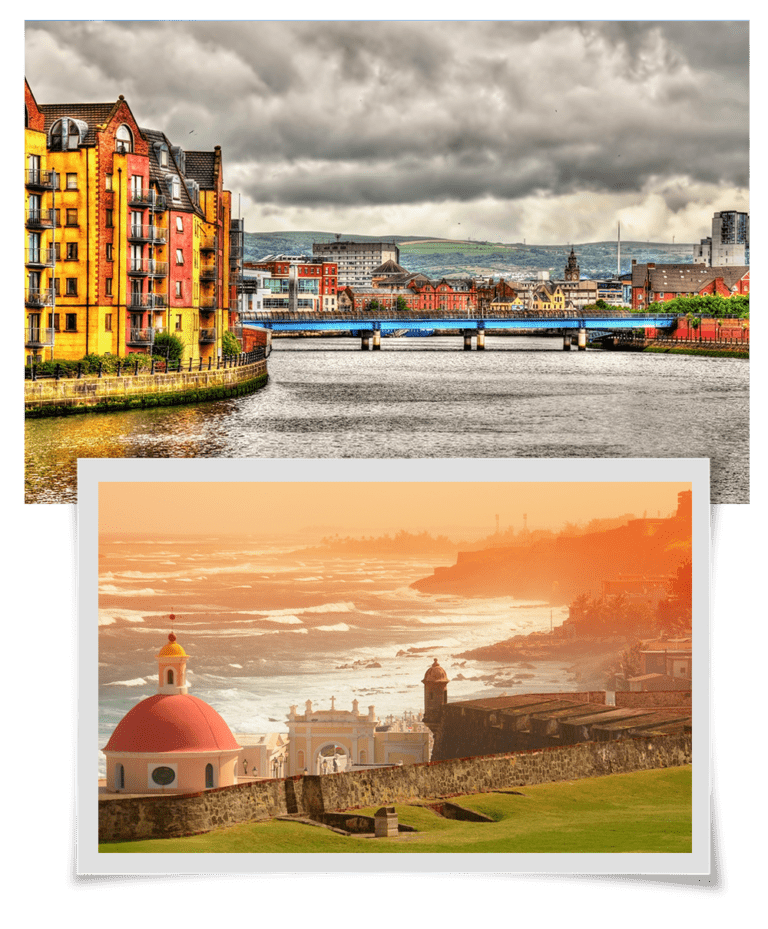
- 500Million
Invested In Resilience by The Rockefeller Foundation
- 25Billion
Leveraged for Resilience
- 226Million People
in cities that are part of the 100RC network
Resilience at 10: Spotlight
Resilience requires partnerships—and we’ve been fortunate to work alongside some of the best. In 2015, we worked to create impact with visionary and dedicated grantees and partners, including:
New Orleans: Ten Years Post-Katrina
In August 2015, New Orleans commemorated ten years since Hurricane Katrina made land fall, a harbinger of what was in store for cities all over the world in the 21st century. In the decade since, The Rockefeller Foundation has partnered with New Orleans to unify its neighborhoods at the request of local leaders, catalyze economic development and revitalization efforts, and build resilience to future threats. All told, we have helped bring in hundreds of millions in federal dollars, and billions in business investment. Our partnership with the city served as the model for 100 Resilient Cities, a $150+ million dollar effort to help cities build resilience to growing physical, economic, and social challenges. New Orleans was part of the initial cohort chosen to join the 100RC network, and among the first to hire a Chief Resilience Officer, a position inspired by a group of Curex fellows The Rockefeller Foundation funded in the years after Hurricane Katrina.
GRP Challenge
In 2015, The Global Resilience Partnership, a collaboration among The Rockefeller Foundation,USAID, and the Swedish International Development Agency to build resilience in some of the world’s most vulnerable places, announced the eight winning teams for its Global Resilience Challenge, chosen from more than 500 applications. Selected teams received up to $1 million each to implement their solutions, which demonstrate innovative thinking about traditional resilience challenges. For example, winner MetaMeta Research, is employing a more resilient approach to planning and building roads that harvests rain water, prevents soil erosion, and enhances irrigation in rural Africa.
The consensus of the scientific community is stark: The health of our planet, and its ability to sustain human life, is faltering. Epidemics are emerging with greater frequency,and with the potential for more global impact, while we continue to degrade ecosystems, despite our dependence upon them.
In 2015, The Rockefeller Foundation took steps to transform how we think about, act on, and fund health for future generations.
Working with global health experts, we advanced this thinking through two reports prepared in 2015: The Rockefeller Foundation-Lancet Planetary Health Commission and the Commission on Global Health Risk Framework for the Future. We contributed more than $15 million in funding to accelerate the development of a new inter disciplinary field called “planetary health,” which looks at the interdependencies of human health and Earth’s natural systems. We also helped countries around the world move toward building more resilient health systems that bend to stresses—like the recent Ebola outbreak—but don’t break. Together, these investments represent how we’re thinking about what comes next, make up part of our next generation of health work, building on our century-long commitment to health.
After exploration, piloting, and modeling solutions, we officially launched Smart Power for Rural Development, an $80 million initiative to electrify 1,000 rural villages in India.
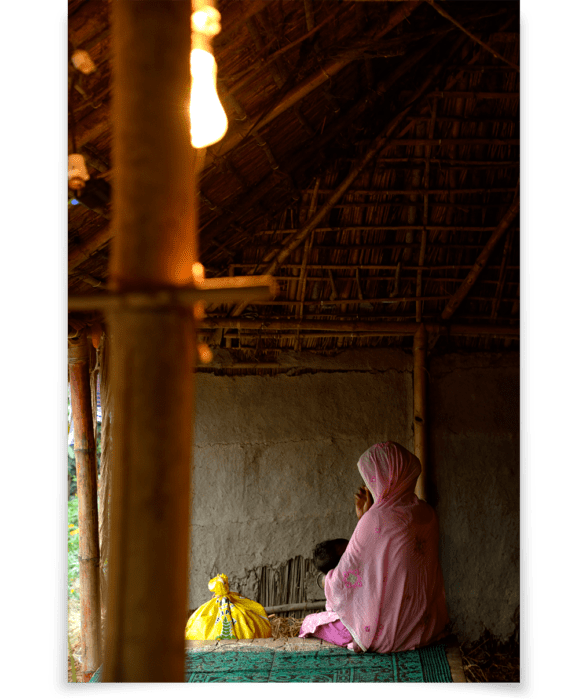
The initiative harnesses the innovation of decentralized minigrids, which can provide reliable, clean, and affordable power to small businesses (or micro-enterprises) and households, improving economic and social outcomes for villagers in some of the poorest places in India.
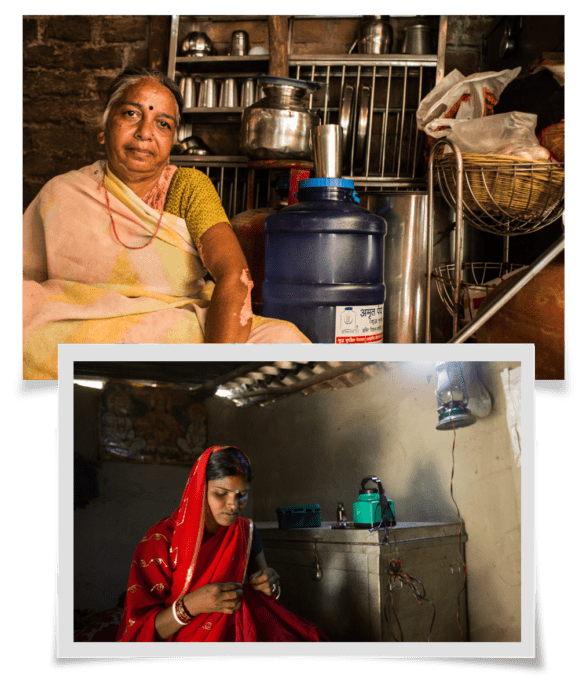
In 2015, we rolled out our impact hiring model to help businesses better source, recruit, and retain disadvantaged young workers who do not have easy access to entry-level positions. Our partnership with the 100,000 Opportunities initiative launched in Chicago with the goal of hiring 100,000 disadvantaged and unemployed young people.
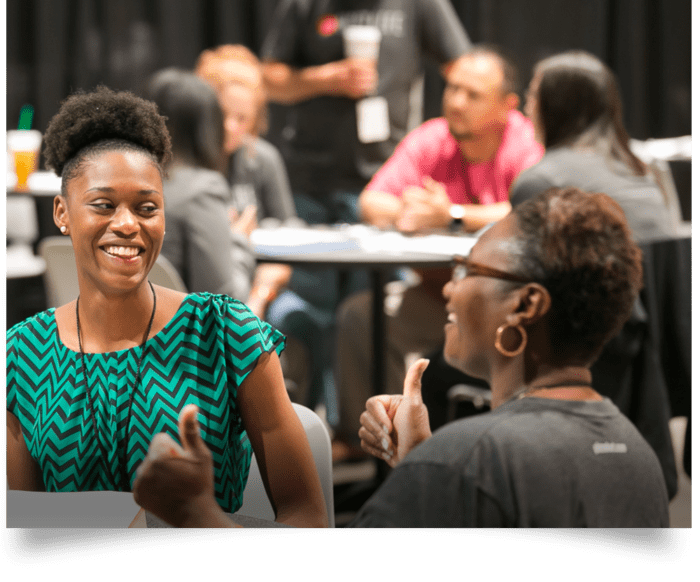
Chicago Opportunity Fair and Youth Forum
photo courtesy: Starbucks
The initiative includes some of the largest U.S. employers, including Wal-Mart and Starbucks. The 100k Opportunities initiative met its ambitious 100,000 person goal two years ahead of schedule and is now aligning around a new cross-sector goal of creating one million opportunities by 2021.
In 2015, the global community set high goals for itself, from the Sustainable Development Goals to the Paris climate treaty. The question is now: how will we pay for it all? The UN estimates there is a $2.5 trillion gap in financing available to pay for the Sustainable Development Goals alone. The Rockefeller Foundation’s new Zero Gap initiative is focused on shaping and supporting the next generation of innovative financing solutions that will help close this gap. For example:
Forest Resilience Impact Bonds
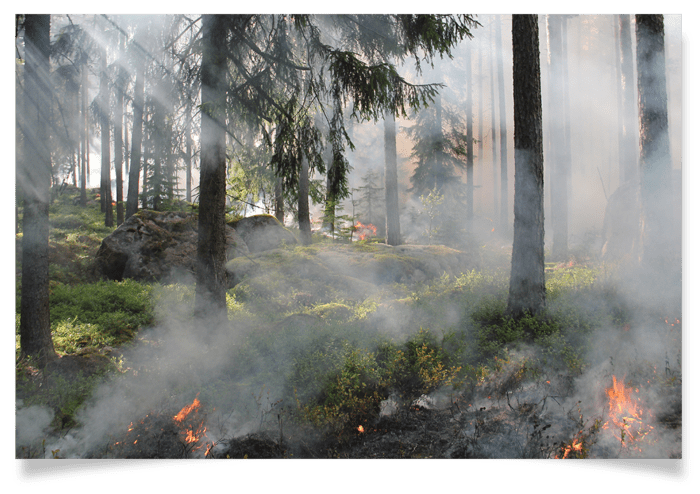
Innovative finance can help move investment from reacting and responding to planning and prevention. The wildfires which ravage the western United States cost 40 times more to put out than prevent. Yet, the bulk of the U.S. Forest Service’s funding is focused on putting fires out, rather than measures—such as removal of fallen trees—which could keep the fires from ever starting. With a forest resilience impact bond, the money used to fund forest restoration is paid back to the investors by the water and electric companies who benefit from fewer fires and better flow of water.
Extreme Climate Facility
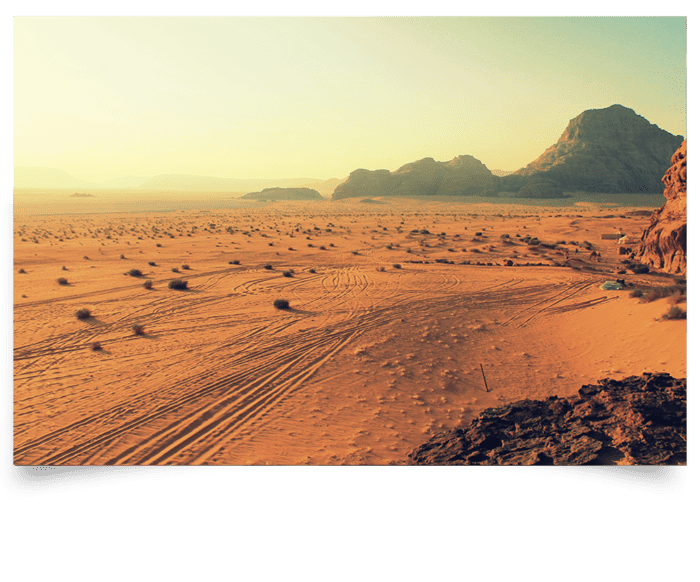 In addition to attracting more money to solve social and environmental problems, innovative finance can help to transfer risk from severe events to be spread among private and public markets. For example, Africa Risk Capacity’s Extreme Climate Facility (XCF) is working to make more private and international funding available to eligible African countries to help them build climate resilience and be financially prepared to undertake greater adaptation measures, with extreme weather events increasing infrequency and intensity in the region. XCF is an African-led effort (with RF funding) designed to mobilize private capital to eligible African countries to help them build climate resilience and be financially prepared to undertake greater adaptation measures, should extreme weather event frequency and intensity increase in their region.
In addition to attracting more money to solve social and environmental problems, innovative finance can help to transfer risk from severe events to be spread among private and public markets. For example, Africa Risk Capacity’s Extreme Climate Facility (XCF) is working to make more private and international funding available to eligible African countries to help them build climate resilience and be financially prepared to undertake greater adaptation measures, with extreme weather events increasing infrequency and intensity in the region. XCF is an African-led effort (with RF funding) designed to mobilize private capital to eligible African countries to help them build climate resilience and be financially prepared to undertake greater adaptation measures, should extreme weather event frequency and intensity increase in their region.Social Success Note
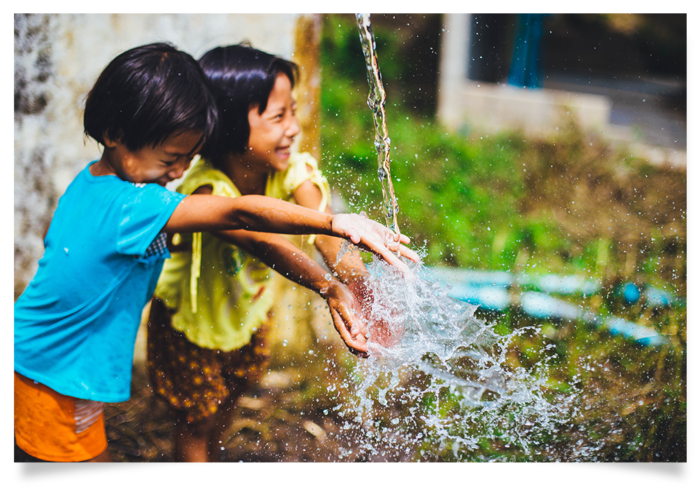
Based on the successful rise of social impact bonds, Zero Gap continues to explore how we might improve upon the “pay-for-success” model, in which investors are rewarded if certain social outcomes are met. One innovation we are developing along with Muhammad Yunus’s Social Business is called a social success note. Through this instrument, an investor agrees to make a concessional loan to a social business, which the social business must pay back regardless of outcome. However if the social business hits a predetermined social impact target, a philanthropic donor will pay the investor an additional payment, making the investment lower risk and higher reward. This instrument can bring additional funding to the underfunded “missing middle” of small and medium enterprises that are also focused on creating better social and environmental outcomes in developing countries.
LEVERAGING OUR GRANTMAKING
The Rockefeller Foundation recognizes that our financial resources are limited relative to the scope of the challenges. That’s why we deploy nine signature approaches to ensure we maximize our impact.
Intervention
We search for problems at the cusp of opportunity, test and pilot solutions, design time-bound initiatives to bring solutions to scale
.
Influence
We leverage The Rockefeller Foundation brand to advance ideas and catalyze action.
Innovation
We support novel approaches to entrenched problems.
Partnerships
We build networks and collaborate for impact.
https://youtu.be/ZfFeHx8McwI
Leverage
We use our finite resources in ways that create out-sized change.
Adaptability
We are nimble, able to quickly respond to change.
Transforming Systems
We approach problems holistically, not in isolation.
Market-Systems Innovations
We shape market forces for social good.
Monitoring & Evaluation
We measure, track, and change course when necessary.
